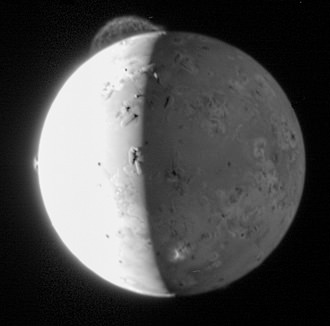Volcanoes are ruptures or fissures in the earth’s crust which leak lava. Although people think of a typical volcano as a cone-shaped one, volcanoes come in many different forms. Ancient civilizations used to associate volcanic eruptions with the actions of gods or other supernatural incidents.
Volcanoes occur most often in particular areas – where tectonic plates converge and diverge – due to the way that volcanoes form. However, they can also be found where the Earth’s crust is thinner, which makes it easier for an opening to form in the crust. The Ring of Fire in the Pacific Ocean is a good example of an area of converging tectonic plates where many volcanoes have formed.
There are a number of different types of volcanoes including fissure vents, shield volcanoes, composite volcanoes, supervolcanoes, and lava domes. Volcanoes erupt in different ways and have various types of lava. A supervolcano, a term coined to refer to a very large volcano, is defined as a volcano that ejects material more than 1,000 cubic kilometers around it. There has not been a supervolcano eruption for over 70,000 years, and the erup53tion of one would cause damage on a massive scale affecting a large region.
Volcanoes can be found both under the ocean – submarine volcanoes – and underneath icecaps – subglacial volcanoes. Submarine volcanoes can become so large that they break the surface and become islands. The Hawaiian Islands started out as submarine volcanoes. The lava that flows underneath the icecaps ends up flowing horizontally, which creates a flat mountain.
Volcanoes are not simply considered active or extinct. If a volcano has erupted recently it is active; some scientists define recently as within a period of thousands of years. If a volcano has not erupted in a while it is dormant. Dormant volcanoes are sometimes mistaken for extinct volcanoes because they can go such a long time without erupting. Normally, scientists do not consider a volcano extinct until it no longer has a lava supply.
There are also volcanoes on other planets and satellites, although most of them are not active. The only celestial bodies with active volcanoes are the Earth, Jupiter’s moon Io, Neptune’s satellite Triton, and Saturn’s moon Enceladus. Io is the most volcanically active place in the Solar System. Scientists believe that there are currently more than 400 active volcanoes on the satellite. The large amount of volcanic activity on the moon is due to the satellite’s eccentric orbit which causes tidal heating. Tidal heating is where one celestial object is heated by the effect of the gravitational pull of another celestial body.
Universe Today has articles on Ring of Fire volcanoes and 10 interesting facts about volcanoes.
You should also check out how volcanoes work and all about volcanoes.
Astronomy Cast has an episode on volcanoes.

